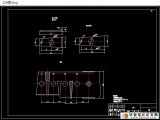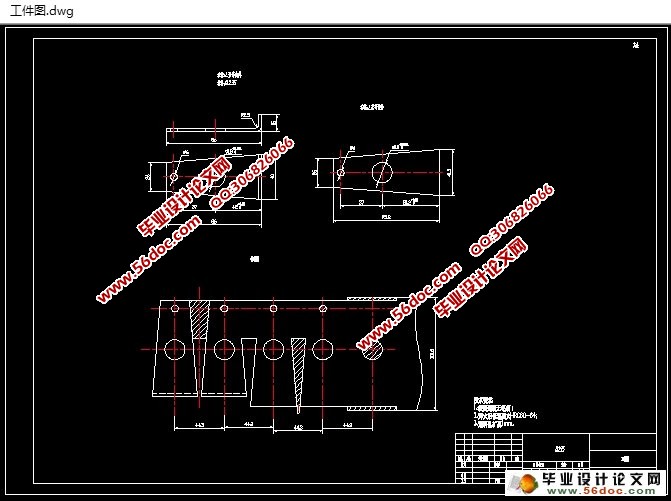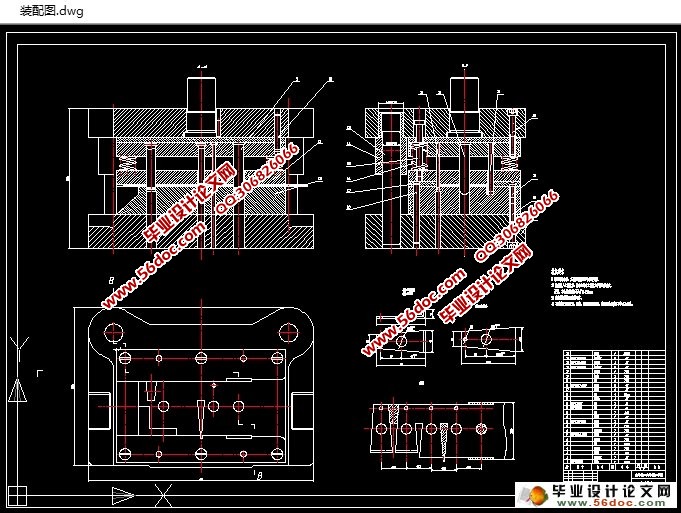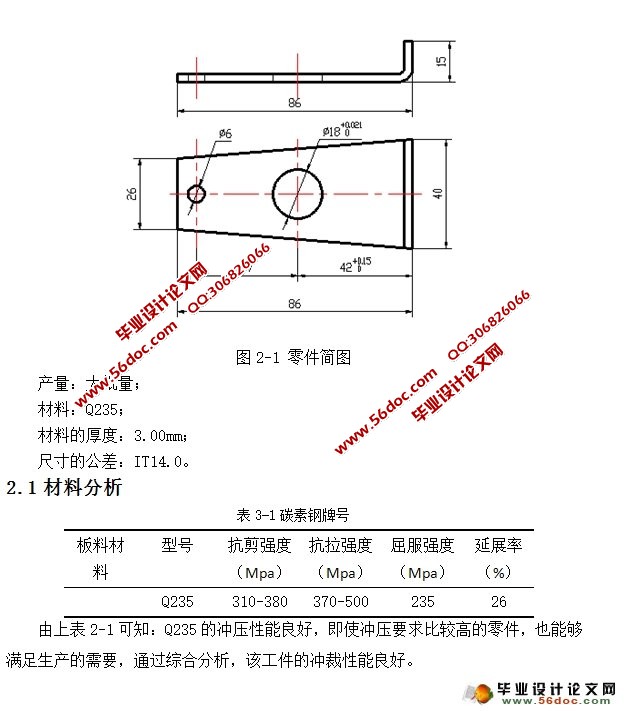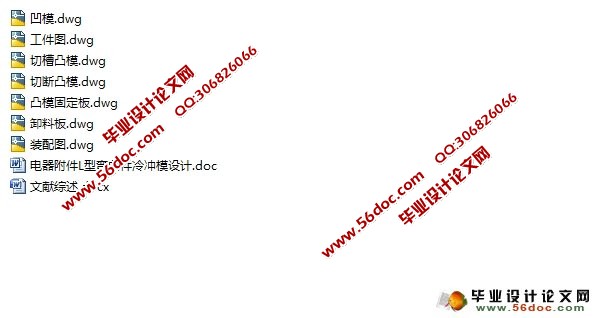L型弯曲件冷模冲压模具设计(含CAD零件图装配图)(文献综述,设计说明书10700字,CAD图7张)
摘 要
本设计为弯曲件模具设计,通过本次设计进一步+强学生对弯曲模设计的理解,为设计更难更复杂的弯曲模吸取经验。通过这个零件的设计+强了我组织语言能力和分析能为我大学毕业在社会上找工作和生存有更好的帮助,页是为我大学四年做一个总结回顾自己的知识。这个在电器中有很重要的作用。本设计工件包括落料的冲孔的弯曲的和一个级进模来实现生产。
本次首先要对L形弯曲件做一个全面的分析,结构分析、工序安排的合理性、精度的选择、合适的排样方式,做到经济实惠的效果。接着对整体工艺计算和分析,选用合适的设计方案,根据以选材料计算出冲压力选出合适的压力机。正确的选择是一项重要的工作凸凹模刃和计算的是模具设计中,所以要适当的选择合适的的尺寸和公差。
最后根据计算的模刃尺寸和设计过程的结构,选用合理的标准件,从而完美的完成本次设计的装配图以及零件设计图。
关键词:级进模、弯曲、模具工艺
Abstract
The design for the design of bending die, through this design further strengthen students' understanding of the design of bending die, is more difficult to design more complex bending die to learn from the experience. Through this part of the design to strengthen the organizing my language ability and the analysis can help for my college graduate to find a job in the society and survival are better, the page is for my university four years to do a summary and review their knowledge. The electrical appliances have very important role. The design artifacts including material punching bending and a level falls into the mold to achieve production.
The first of L-shaped bent parts to do a comprehensive analysis, structural analysis, process arrangement of rationality, accuracy of selection, the appropriate row sampling, make the economical effects. Then the whole process calculation and analysis, the choice of the appropriate design, according to material material calculated pressure to select the right machine. Punch and die cutting the right choice and calculation is mould design in an important work, so proper selection of appropriate dimensions and tolerances.
Finally, according to the calculation of the size and design process of the die structure, the use of reasonable standard parts, so as to perfect the design of the assembly and parts of the design.
Key words: progressive die、stamping process、 die design
目 录
摘 要 1
Abstract 3
第一章 前 言 1
第二章 冲压件工艺分析 3
2.1 材料分析 3
2.2 结构 3
2.3 精度 4
2.4 毛坯尺寸 5
第三章 冲裁方案 6
3.1 工艺方案 6
第四章 模具总体结构 7
4.1 模具类型 7
4.2 送料方式 7
4.3 定位方式 7
4.4 卸料、出件方式 7
4.5 导向方式 7
第五章 工艺参数计算 9
5.1 选择排样方式 9
5.1.1 排样及搭边值 9
5.1.2 步距 9
5.1.3 条料宽度 9
5.1.4 材料利用率 10
5.2 冲压力 10
5.2.1冲裁力 10
5.2.20弯曲力 11
5.2.3 卸料力、推件力 11
5.2.4 总冲压力的计算 12
5.3 压力机吨位选择 12
第六章 刃口尺寸 14
6.1 冲裁间隙 14
6.2 刃口尺寸依据和计算 14
6.3 弯曲刃口尺寸计算 16
第七章 主要零部件设计 17
7.1 凹模设计 17
7.1.1 凹模外形 17
7.1.2 凹模刃口结构形式 18
7.1.3 凹模精度与材料 18
7.2 凸模 18
7.2.1 凸模结构 18
7.2.2 凸模高度 18
7.2.3 凸模材料 19
7.2.4 凸模精度 19
7.2.5 凸模的强度校核 19
7.3 卸料板 20
7.3.1 卸料板外型 20
7.3.2 卸料板材料 20
7.3.3 卸料板整体精度 21
7.4 固定板 21
7.5 垫板 21
7.6 上下模座、模柄 21
7.6.1 上下模座 21
7.7.2 模柄的选用 22
第八章 冲压设备的校核与选定 23
8.1 冲压设备 23
8.2 冲压设备 23
结论 25
致 谢 26
参考文献 27
|
